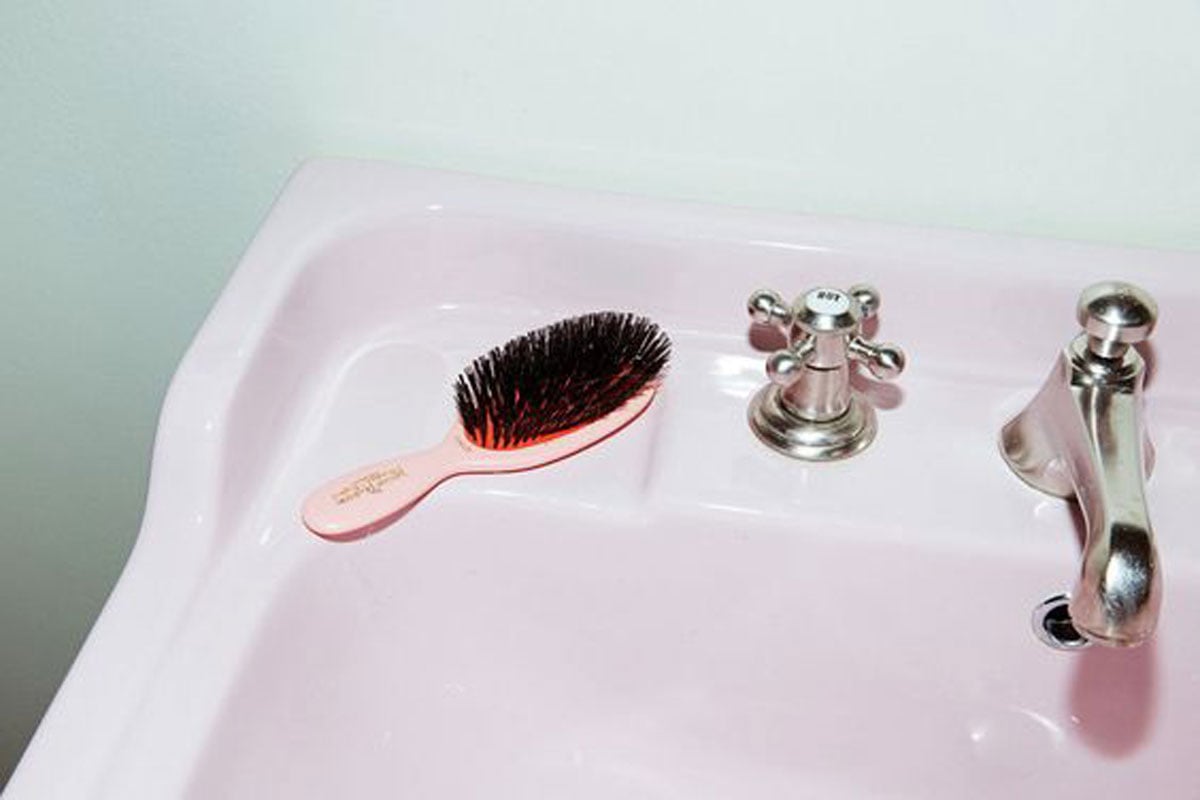Bond repair is hair care; discover what it means and if you need to check in for a full service
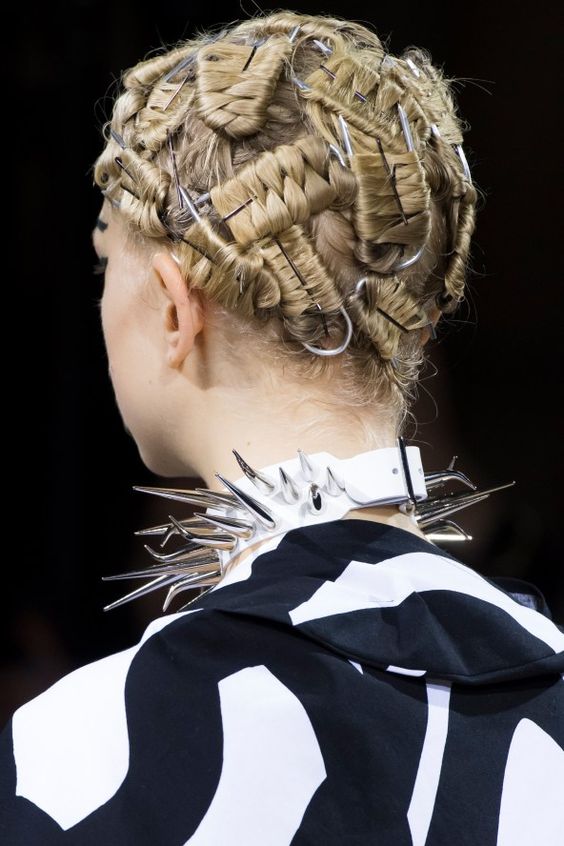
Junya Watanabe, Spring 2018
Before Olaplex and more recently K18, Bond Repair wasn't really a term thrown around outside of the salon. It was an in-salon service done at the hands of an experienced hairdresser. Fast forward to 2024, and bond repair is accessible to everyone, bringing hair back to life from the comfort of your bathroom at home.
We’ve all been there: over-bleached strands, daily hot tool usage (with or without heat protection), or just the general wear and tear of daily styling. Your hair looks fine one day and then all of a sudden day you wake up and it’s frizzy, limp, and, dare we say it—damaged. How did we get here?
Today we're talking Bond Repair; unpacking exactly what it means, how to give your hair a diagnosis and set you off on the right path for a successful treatment plan. So you can get your hair back to its happy, healthy self.
Breaking Down Hair Damage
Before we dive into repair mode, it’s important to understand how hair gets damaged in the first place. Our hair strands are composed of three main layers: the cuticle (outer layer), cortex (middle layer), and medulla (innermost layer). The strength and structure of our hair rely heavily on disulfide bonds, which are chemical connections that keep the hair’s structure intact.
Every time you colour, bleach, use hot tools, or even aggressively comb or brush, these bonds weaken and break down. Over time, this leads to split ends, frizz, dryness, and breakage. Think of it as the foundation of a building—when the bonds are broken, the entire structure becomes compromised.
What is Bond Repair?
At its core, bond repair targets the inner structure of the hair, specifically the Disulphide Bonds (permanent hair bonds that are also responsible for your hair type). These bonds are essential for maintaining the hair's strength and integrity.
Bond repair treatments typically contain active ingredients that seek out the broken disulfide bonds to reconnect them - or in some cases create new ones. Working like teeny tiny magnets for broken bonds, pulling them back together to restore the hair’s strength and resilience, preventing future damage, and boosting the hair’s overall health. Bond repair treatments go deep to work at a molecular level, offering a lasting solution.
Luckily for us, bond-repair technology has come a long way since the days of frazzled, fried hair and the big chop!
Who Needs Bond Repair?
Anyone whose hair undergoes regular styling or chemical treatments can benefit from bond repair. Here are a few scenarios where bond repair is particularly beneficial.
COLOUR TREATED HAIR:
Frequent colouring, especially with bleach, can severely weaken the hair structure. Bond repair treatments can help restore the integrity of colour-treated hair, making it healthier and more resilient.
HEAT DAMAGED HAIR:
Regular use of hot tools like straighteners, curling irons, and blow dryers can damage hair bonds, especially if you forget your heat protector. Bond repair can mitigate this damage, ensuring your hair remains strong and glossy.
CHEMICALLY TREATED HAIR:
Treatments like perming or relaxing alter the hair's structure, often leading to breakage and dryness. Bond repair treatments are ideal for restoring the hair's natural strength and texture.
ENVIRONMENTAL EXPOSURE:
Pollution, UV rays, and harsh weather conditions can degrade the hair's structure over time. Bond repair offers protection and recovery from these environmental aggressors.
ON THE TOOLS: HOW TO REPAIR BROKEN BONDS
Bond repair can be easily integrated into your existing haircare routine. If you frequently colour or use heat tools, incorporating a bond-repair treatment at least once a week can make a pretty big difference to your hair health in the long run.
Bond repair treatments are safe for all hair types, whether your hair is straight, curly, fine, or textured. They work especially well for chemically treated or heat-damaged hair but are beneficial for anyone looking to improve hair health and resilience.
Pre-shampoo Treatment
Get set up with a pre-shampoo treatment. Olaplex NO.3 reconnects broken disulfide bonds within the hair's structure and improves the overall health of the hair, reducing breakage and enhancing elasticity, softness, and shine.
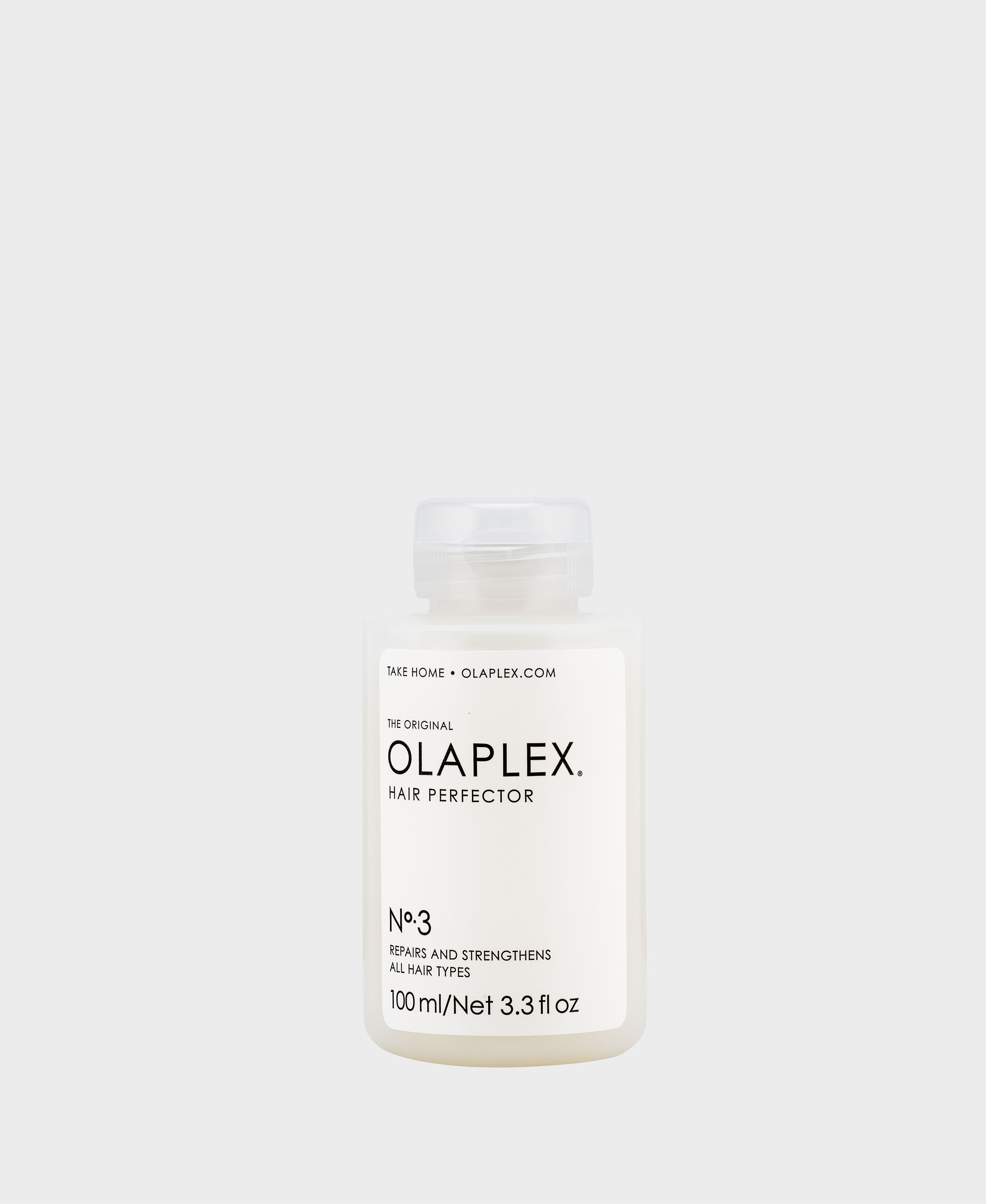
Bond Repair Shampoos and Conditioners
Bond repair shampoos and conditioners work to target and rebuild broken hair bonds and strengthen internal structure to improve elasticity and reduce breakage. Over time, hair will be restored, stronger, smoother, and more resilient.
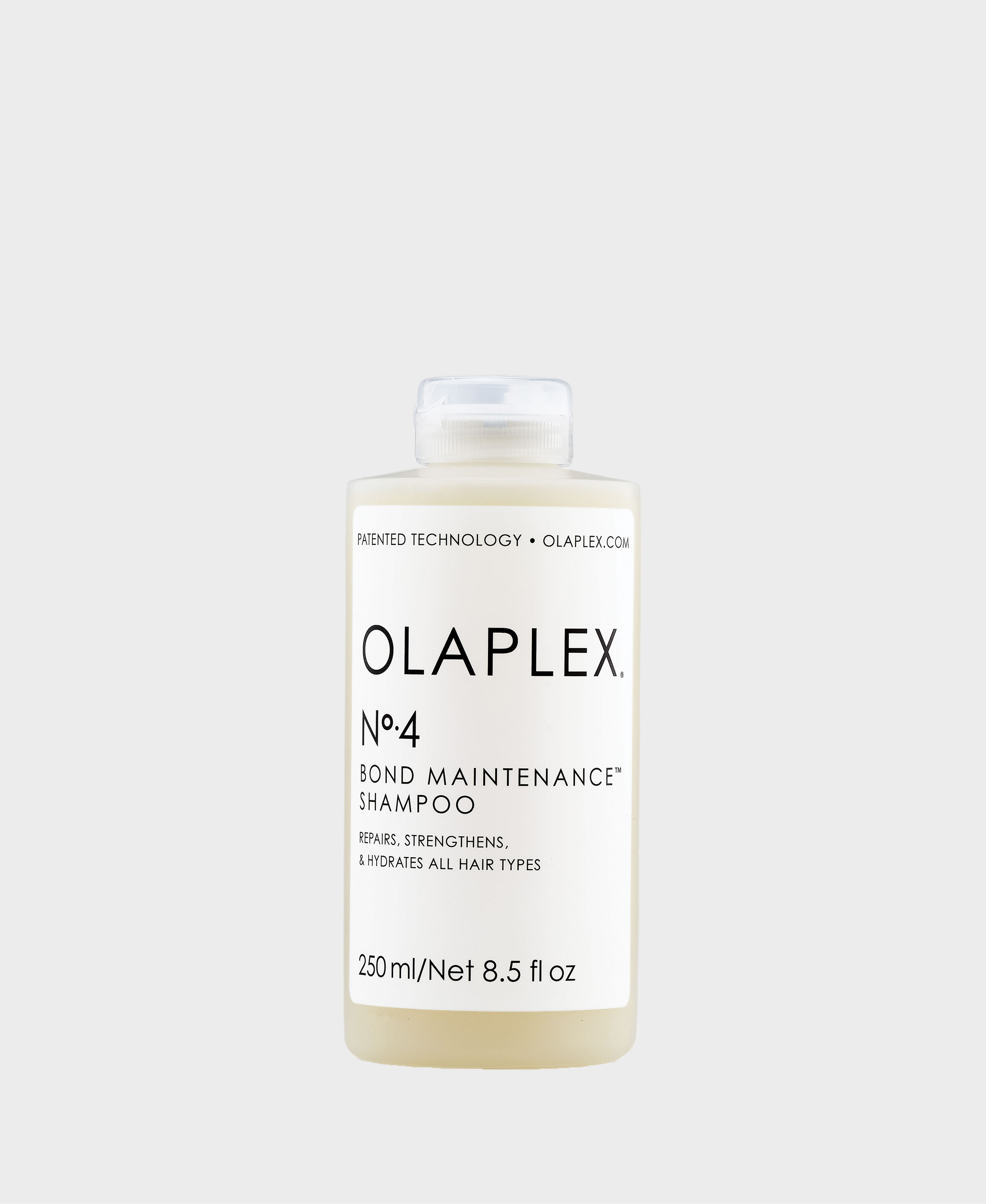

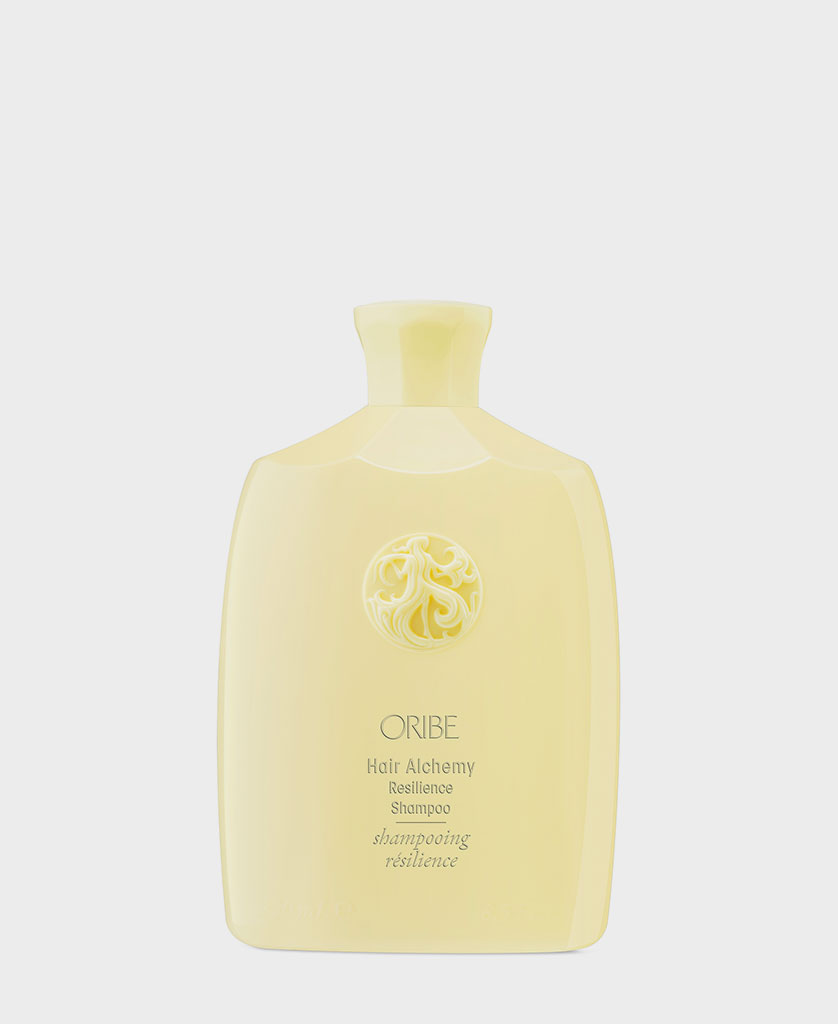
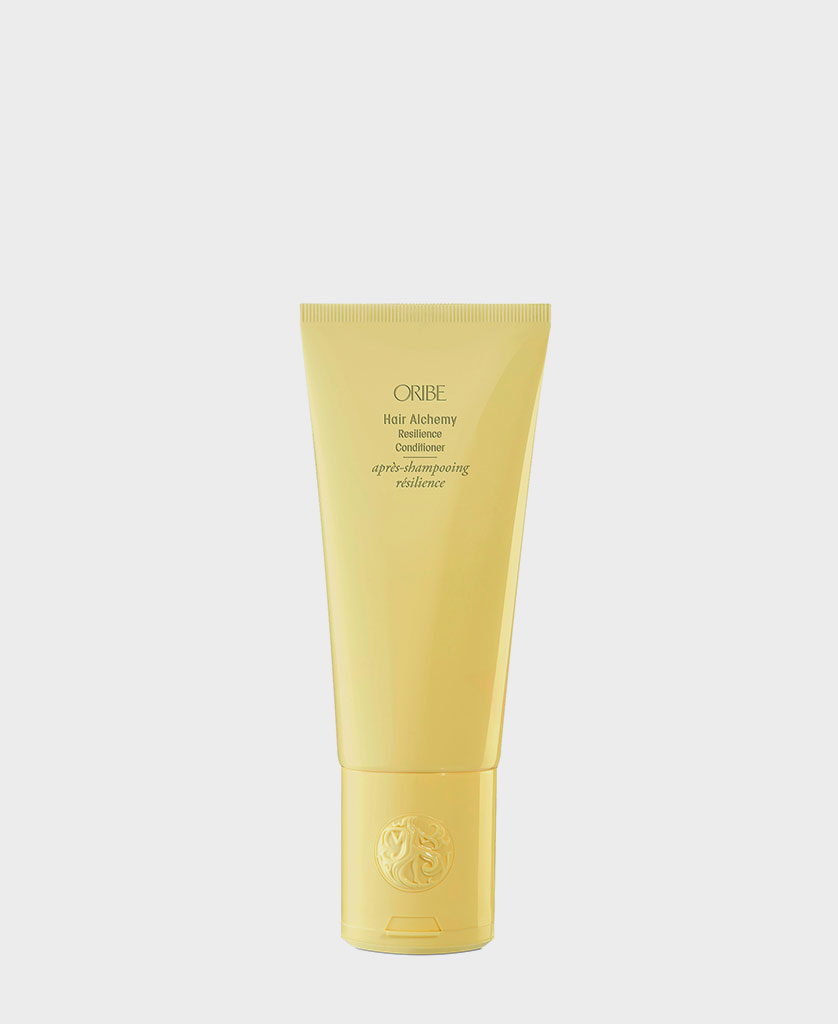
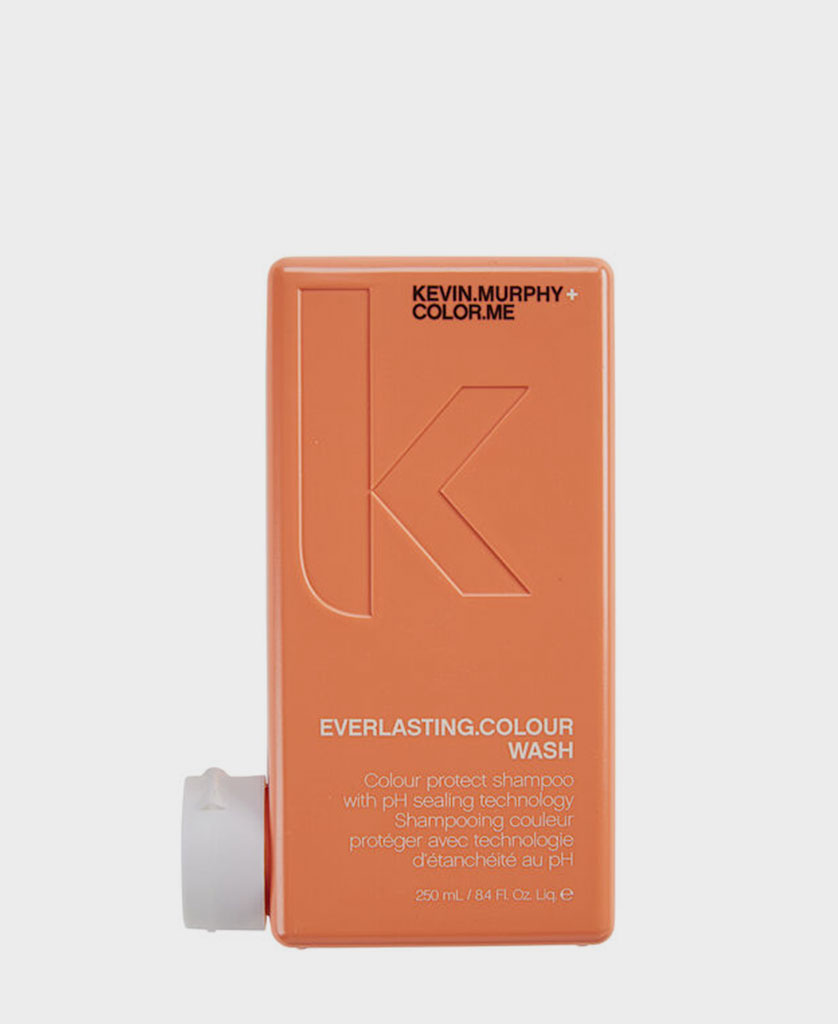
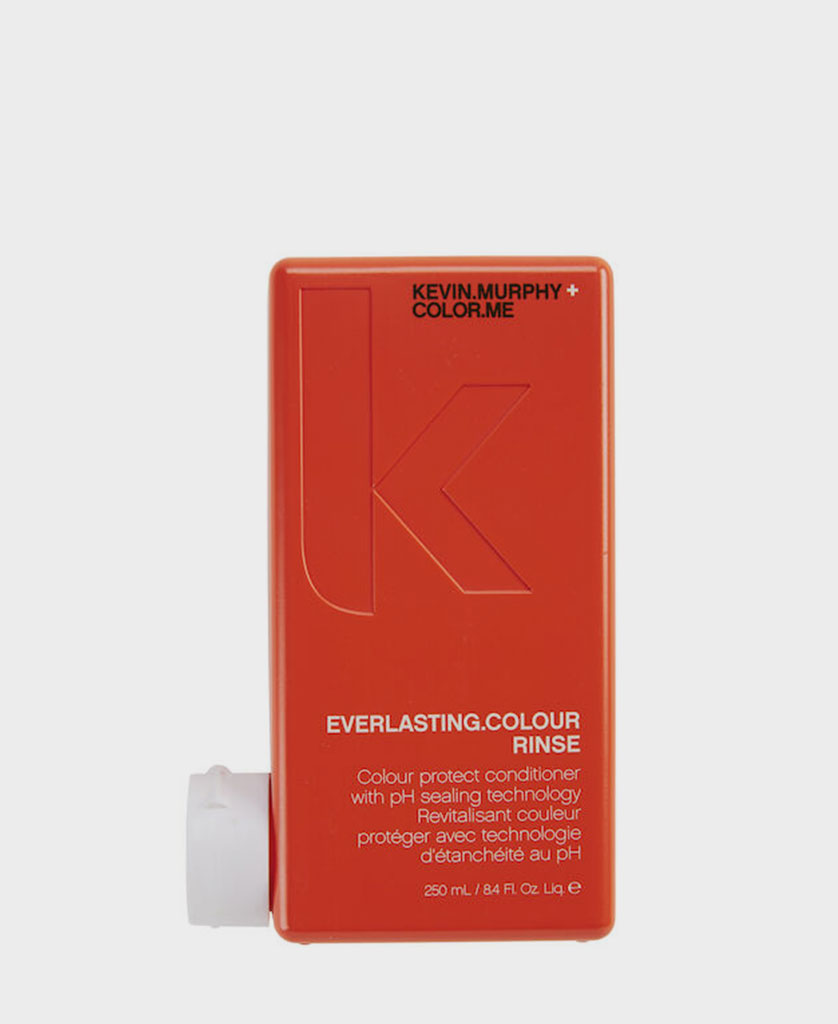
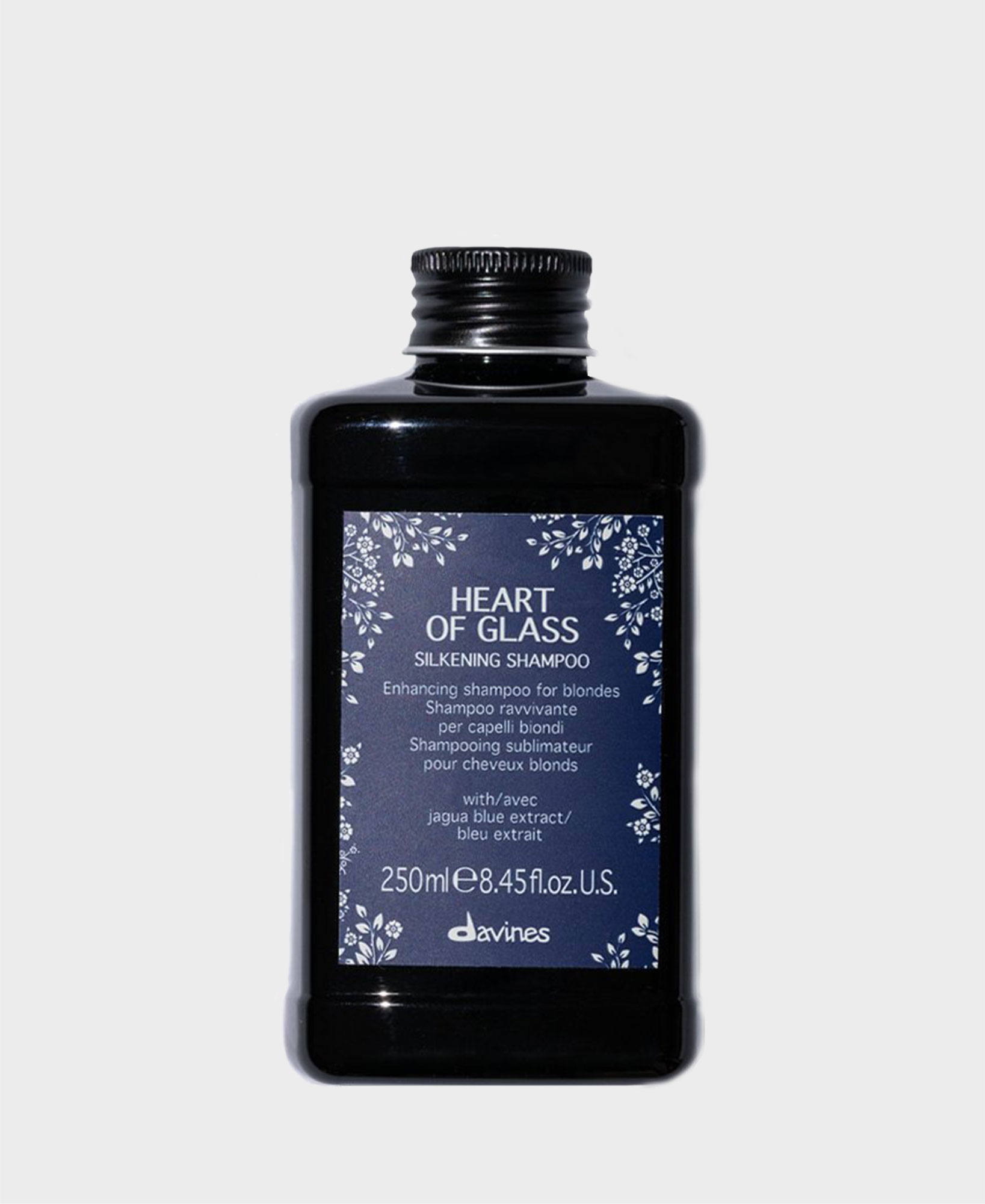
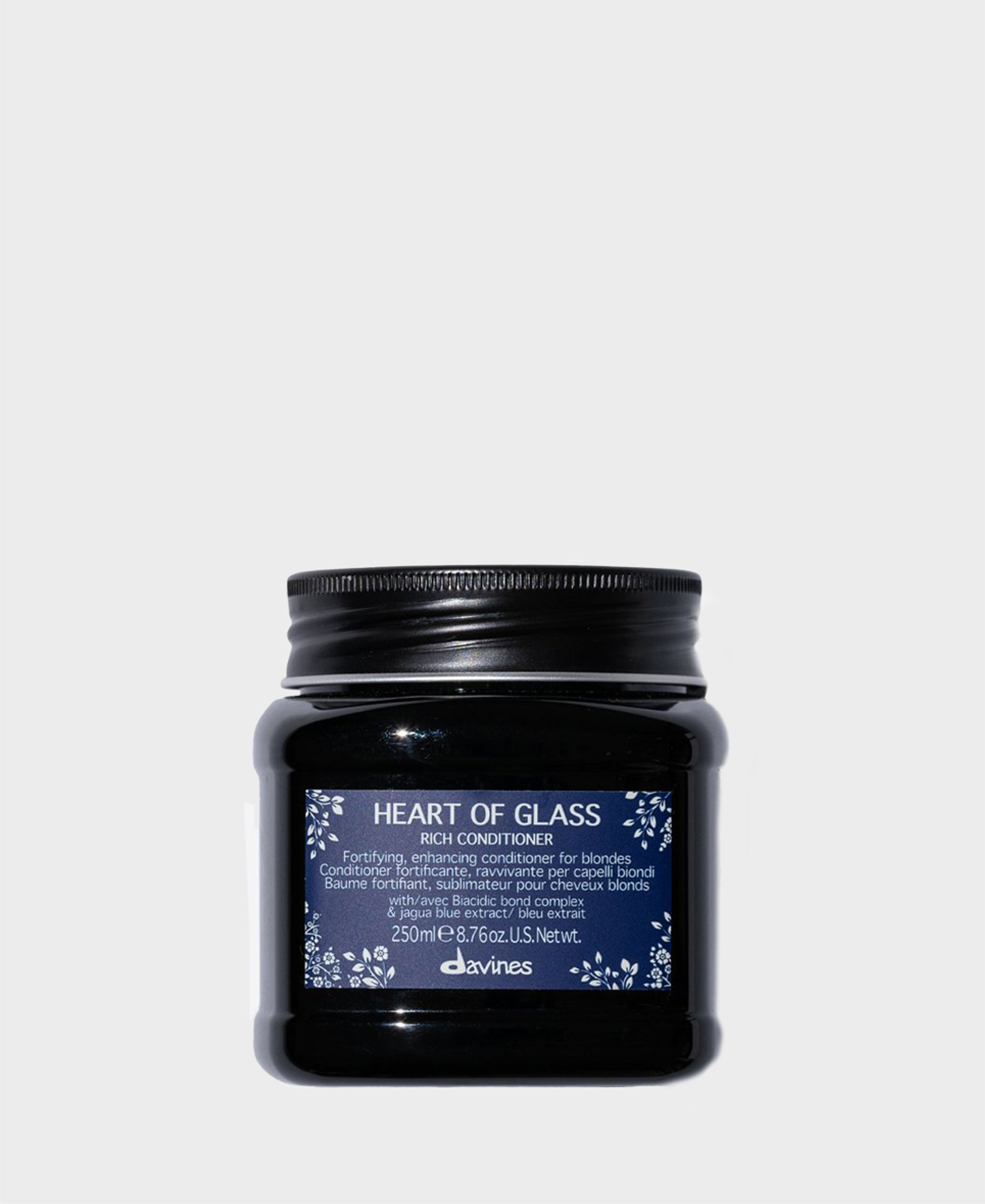
Bond Repair Masks
Use a bond repair mask once or twice a week for an intensive treatment. These masks deeply penetrate the hair to target broken bonds and provide maximum repair and hydration.

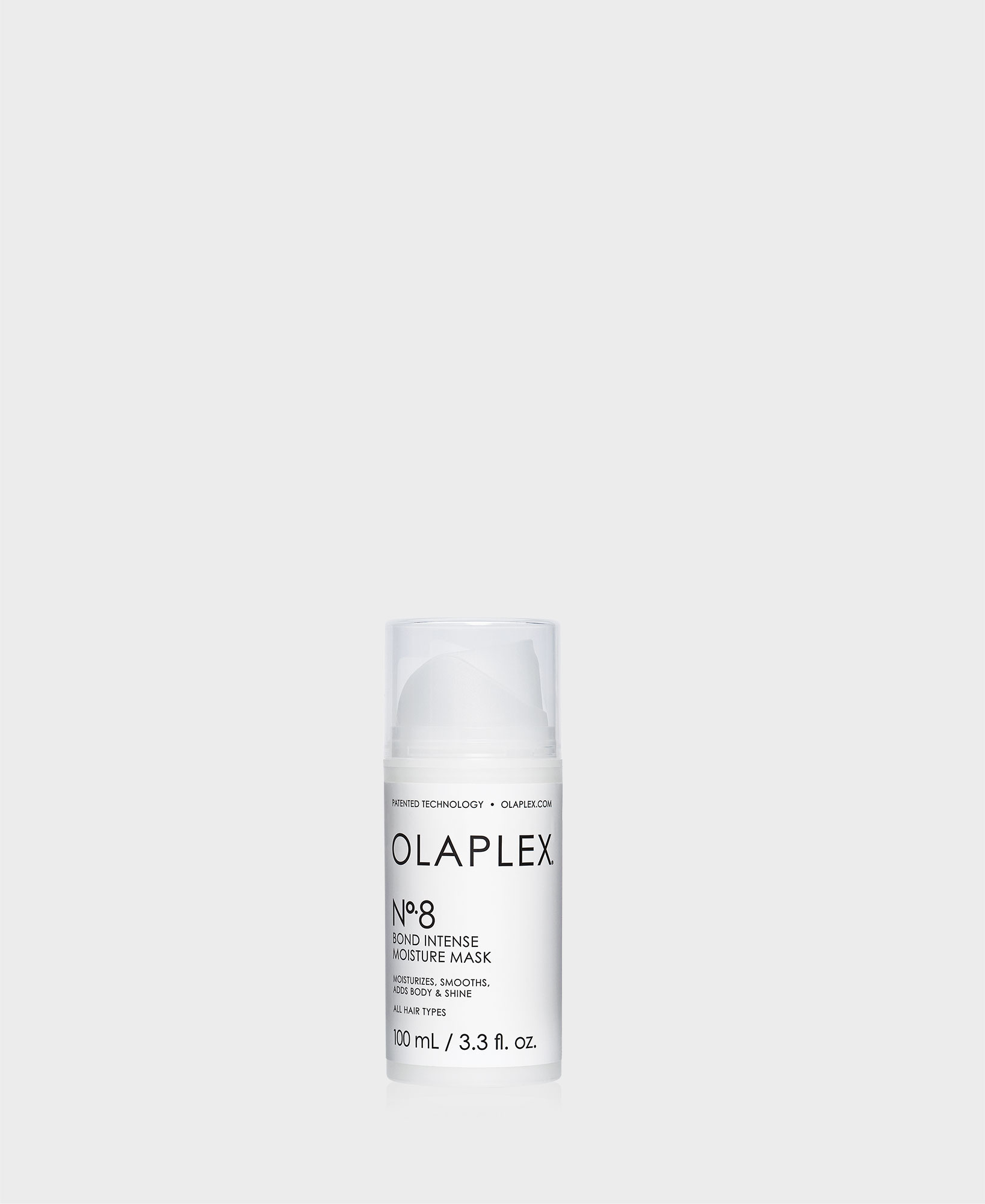
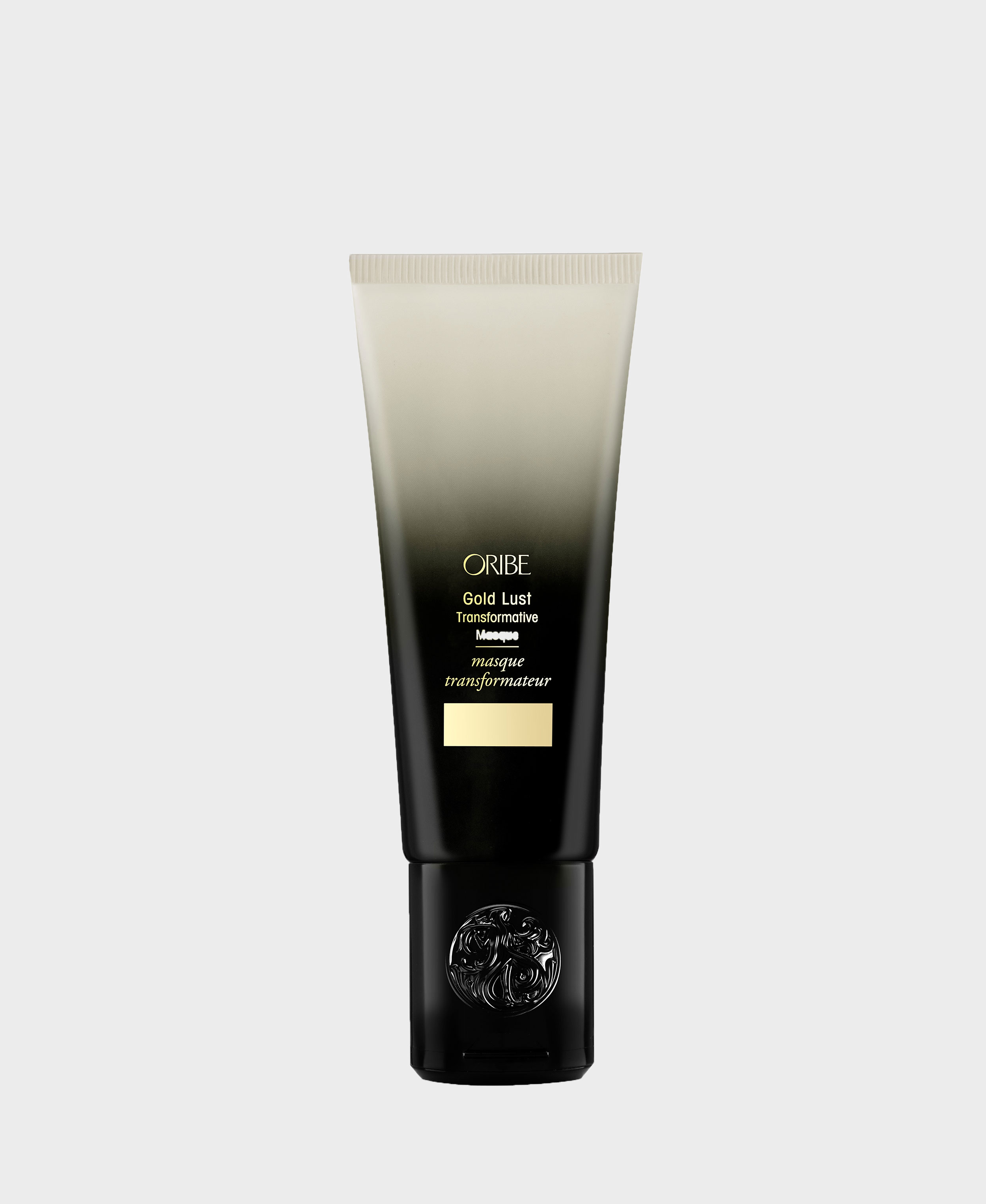
Leave-In Treatments
Leave-in bond repair treatments are designed to be applied after washing your hair. They continue to work throughout the day, providing ongoing repair and protection as well as hydration and frizz control - without the need to rinse it out. Over time, it helps improve hair's elasticity, reduces breakage, and enhances overall manageability.
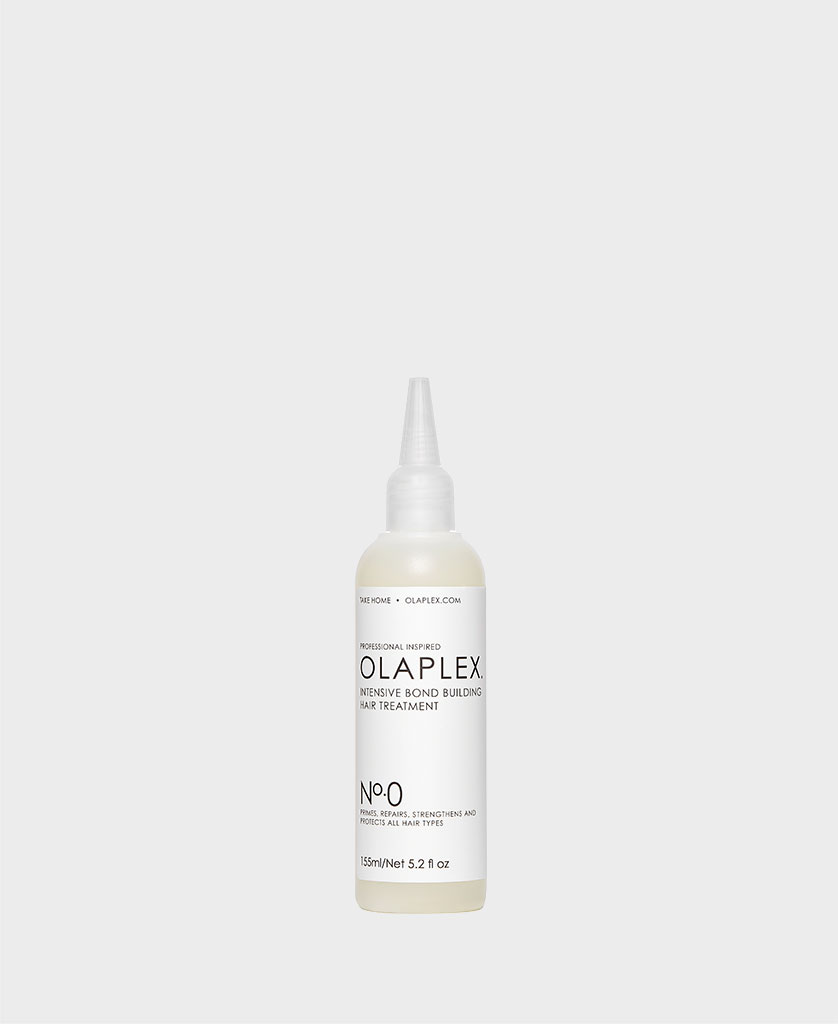
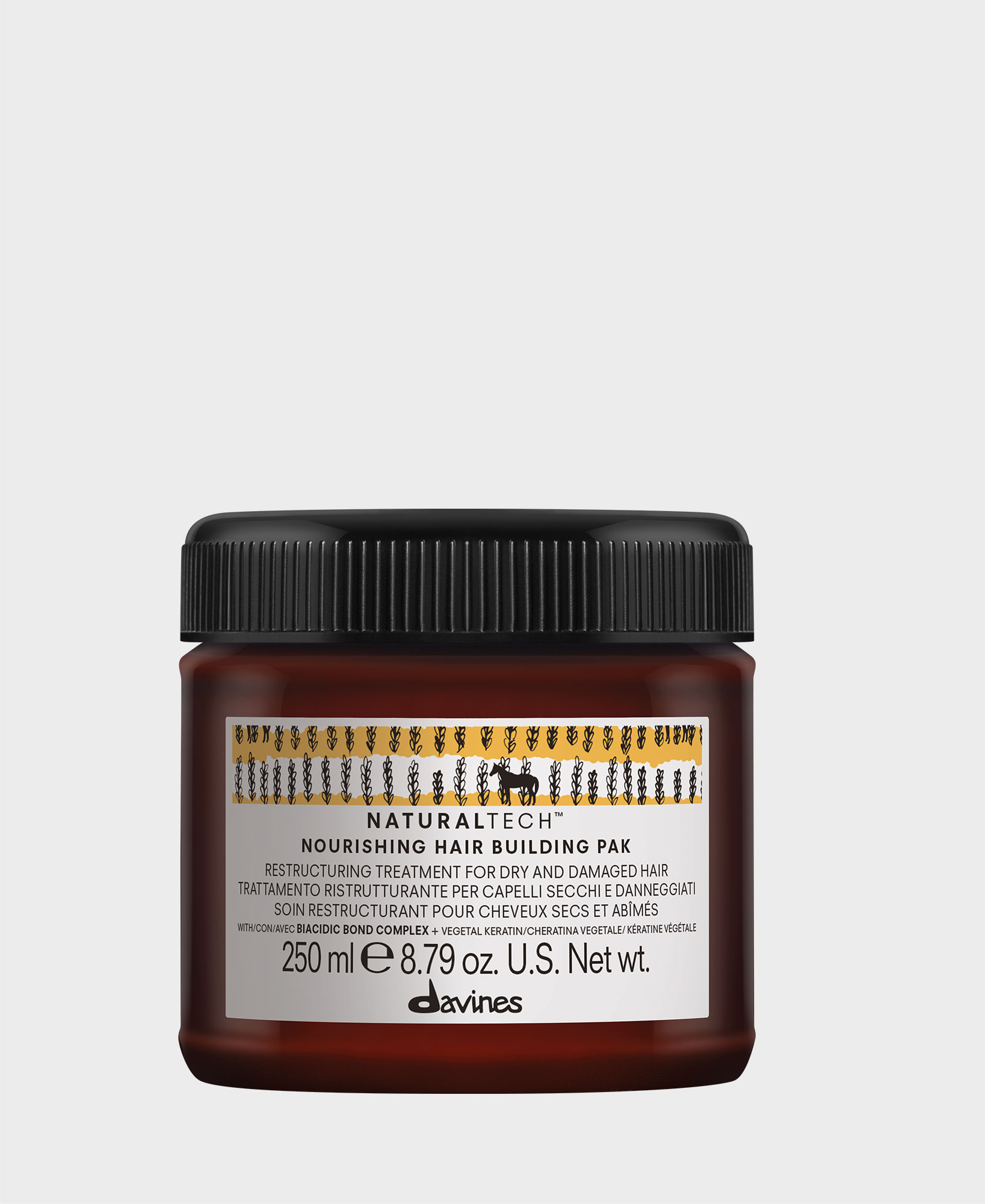
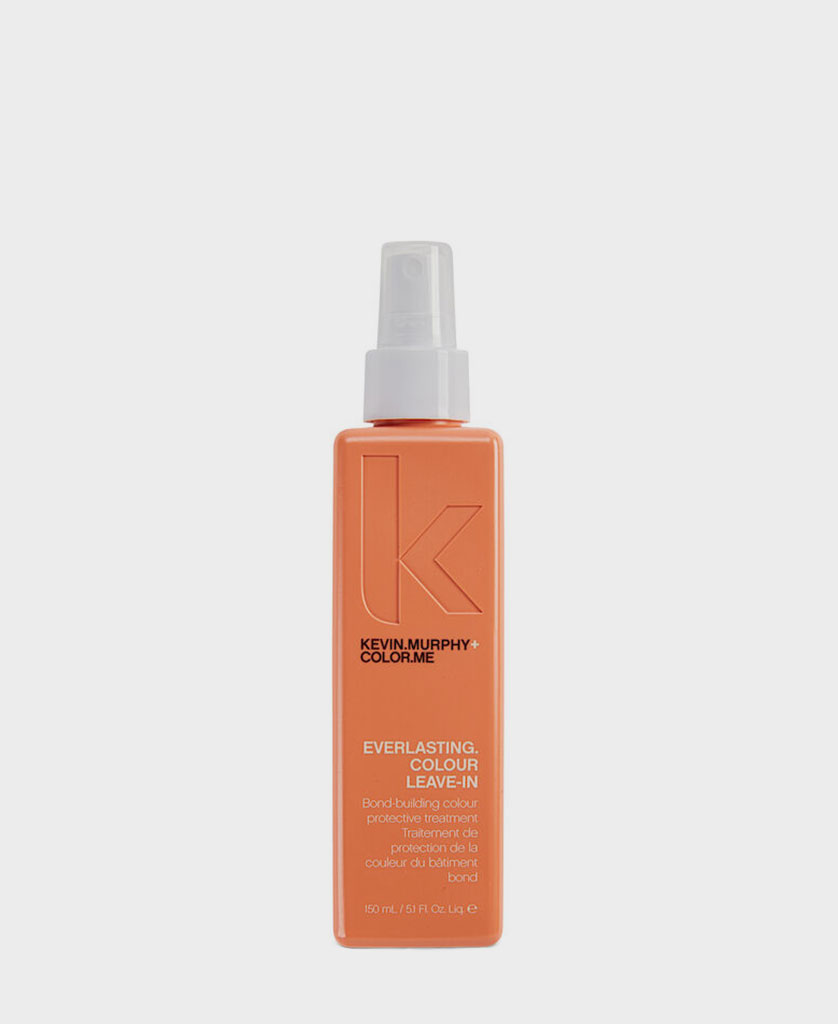
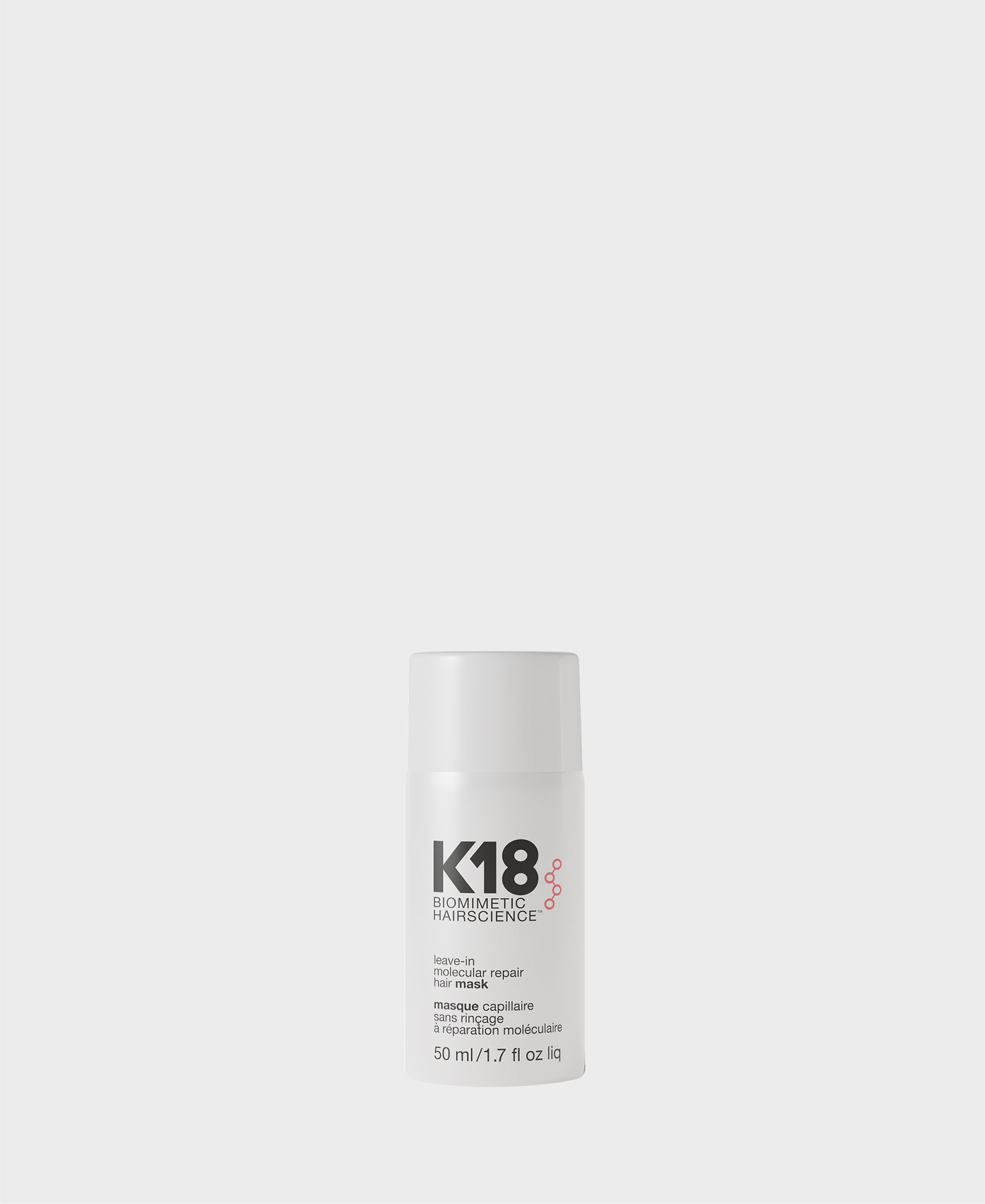
Hair Oils
Address the deeper level of damage that causes frizz. A highly concentrated repair oil works as a lightweight, protective layer to reduce unwanted frizz, prevent breakage, and offer heat protection during styling.
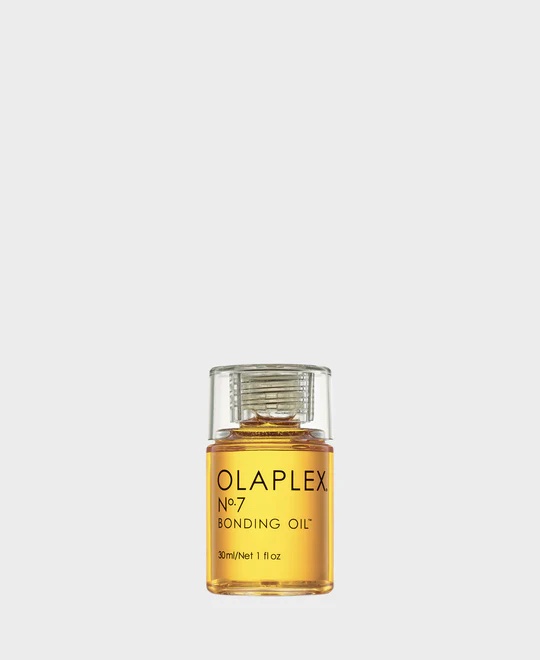
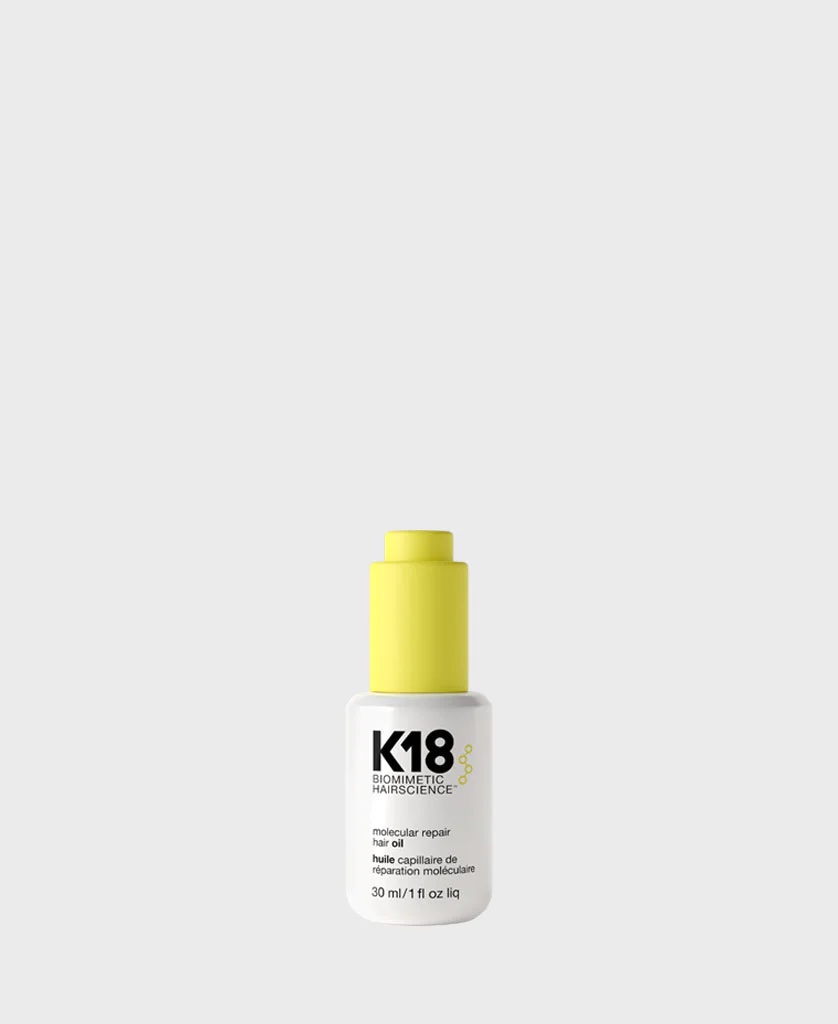
More than a beauty buzzword, Bond Repair is the ultimate approach to maintaining healthy hair and repairing damage. By getting to the root cause of damage at a molecular level, these treatments offer a hi-tech, lasting solution - from home.
Whether your hair suffers from chemical treatments, heat styling, or environmental exposure, incorporating bond repair into your routine can restore your hair's strength, resilience, and shine.

